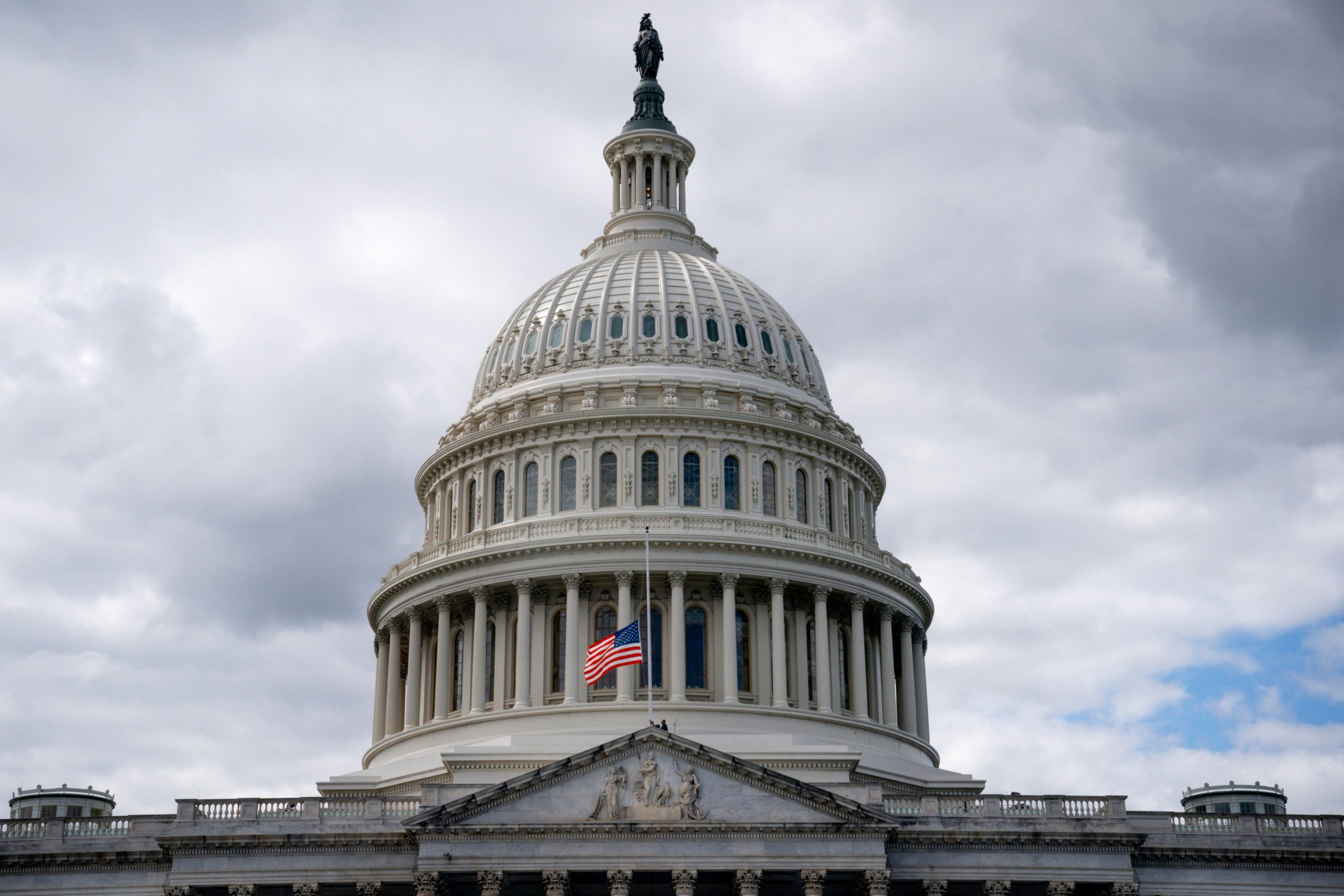Before anyone delves into the US Midterms 2022, it is important that they understand the structure of the United States Congress, which is the legislature of the federal government of the country.
The legislative body is composed of a lower body, which is the House of Representatives, and an upper body, the Senate. It convenes in the United States Capitol in Washington, D.C.
Also Read | 2022 midterm elections: Things to watch out for on November 8
Congress has 535 voting members – 100 senators and 435 representatives, all of whom are chosen through direct election. In case there is a tie on the Senate floor, the tie-breaking vote is cast by the sitting vice president at the time.
According to the US Constitution, “All legislative Powers herein granted shall be vested in a Congress of the United States, which shall consist of a Senate and House of Representatives.”
Currently, there are 100 senators for 50 states in the country. Each state has two senators, each of whom can have six-year terms. Representatives serve for two years and represent smaller districts in their states.
Also Read | US midterms 2022: Joe Biden, Donald Trump to make final appeals
The House and Senate have always been equal partners in the legislative process and as such, the legislation cannot be enacted without the consent of both chambers.
Any Congressional cycle covers two years. The current one is the 117th Congress, which began on January 3, 2021, and will end on January 3, 2023.
US Midterms 2022
Midterms are typically held in the middle of the president’s four-year term of office.
Also Read | US midterms 2022: Joe Biden, Barack Obama, Donald Trump make final push in Pennsylvania
On November 8, all the seats in the House of Representatives will be up for election, along with one-third of the Senate.
In the current setting of Congress, the Democratic Party has held the majority in both the House and the Senate, making it a breeze for President Joe Biden to pass the laws of his choosing.
But the contest is going to be a tight one as Democrats hold power over the Republicans by very narrow margins. Of the 435 seats in the House, 30 are currently a toss-up between the two parties. In the Senate, four of the 35 seats being contested could swing in either direction.





